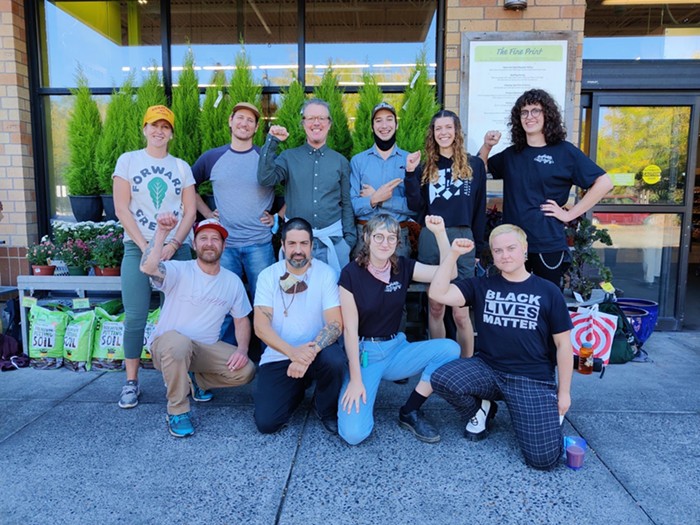The average viewer entering the theater for William Gazecki's documentary Crop Circles: Quest For Truth, will more than likely come equipped with any number of preconceptions about how crop circles are made. Images of hillbillies stomping around with boards in the night, UFOs, government conspiracy, etc. It's perfect! In fact, those with the most skepticism towards paranormal existence should be sitting in the front rows. This documentary is tailored to suit all levels of disbelief, while systematically presenting facts that have been carefully documented and scrutinized by the experts. In the face of such presentation, any notion that denies the existence of crop circles appears ridiculous. One is left with the distinct impression that it takes a greater stretch of the imagination to dismiss them, than to accept them as reality.
Gazecki interviews specialists in various fields, including biophysics, mathematics, biology, and history. Rather than presenting an explanation of the origin of crop circles and then attempting to create a film that conforms to the original thesis, he selects the soundest factual evidence. At no point does the film claim to know who or what causes the formations. Some of the researchers will venture to admit they believe there is some form of intelligence behind the circles. But, far from being crystal-wielding, superstitious wackos, they seem to admit this begrudgingly, and lack the vocabulary and standards of comparison to explain it. Most have dedicated their lives to hard sciences, only to arrive at an inability to articulate and quantify the crop circle.
Aside from its educational aspects, Crop Circles includes spectacular footage of the circles. Mostly found in England, they provide striking, enormous patterns against lush, pastoral backdrops. The soundtrack is majestic and expansive, complimenting the awesomeness of the massive, geometrically perfect images. It also reflects the lack of fear with which the circles are approached. Although mysterious and outside our limits of explanation, as one interviewee reiterated, "They have never hurt anyone." Those who spent years studying them tend to believe them to be a form of communication, particularly since they frequently appear in shapes and areas that have long histories of sacred significance.
Even a halfway openminded audience will walk away with the conviction that crop circles not only exist, but that to believe otherwise is downright foolish. One might even go so far as to contemplate a good spot for a tattoo of their first crop circle, if ever they should be so lucky as to encounter one. However, even if you don't find yourself wanting to join the quest and dedicate your life to unraveling the significance, you'd have to admit that it's a damn good documentary to induce such contemplation.
Aliens Are Coming
Or at Least, Using Wheat to Make Pictures by Marjorie Skinner


















